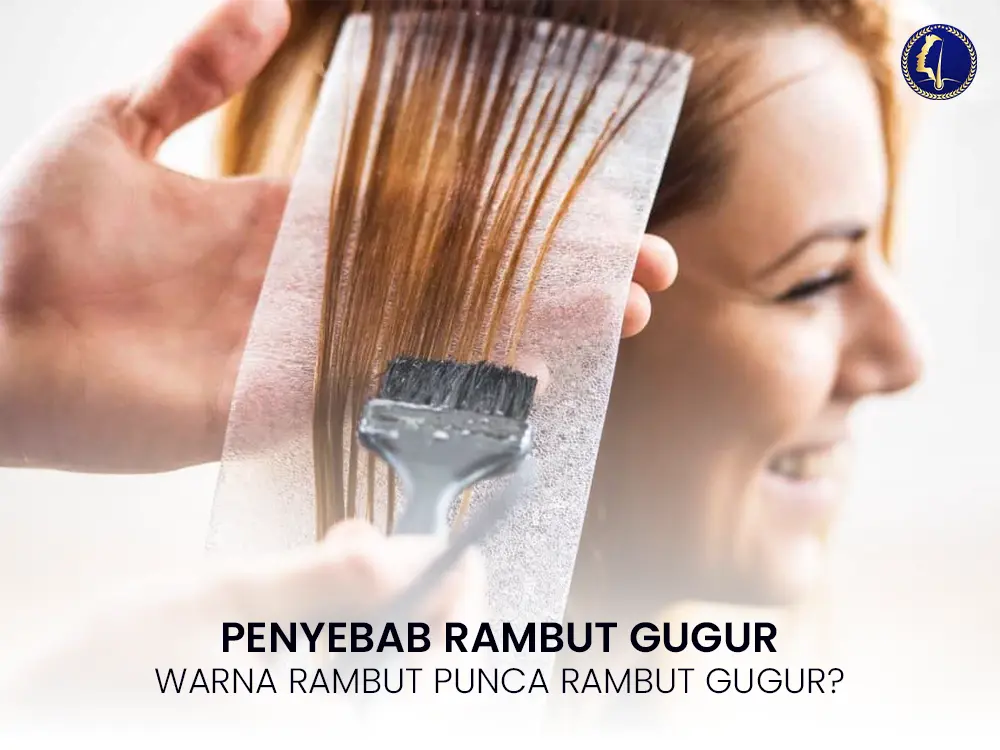Dealing with acne can be frustrating, especially when it’s caused by hormonal imbalances. Hormonal acne is often characterized by deep, painful cysts and stubborn breakouts that can significantly impact your self-confidence. While external treatments can provide temporary relief, addressing the root cause of hormonal acne from the inside out is essential for achieving long-term clear skin. In this blog post, we will explore effective strategies to treat hormonal acne holistically.
Hormonal acne primarily affects individuals during puberty, pregnancy, and menopause due to fluctuating hormone levels. It is caused by an overproduction of sebum, an oily substance that clogs pores, combined with the proliferation of acne-causing bacteria. To effectively treat hormonal acne, a multifaceted approach that includes diet, lifestyle changes, and targeted supplements can re-balance your hormones and restore your skin’s natural glow.
Cleanse Your Diet
The first step in treating hormonal acne from the inside out is to cleanse your diet. Cut back on processed foods, sugary treats, and refined carbohydrates as they can trigger inflammation and exacerbate hormonal imbalances. Opt for a nutrient-rich diet that includes plenty of fruits, vegetables, whole grains, and lean proteins. These foods provide essential vitamins, minerals, and antioxidants that support healthy skin function and hormone regulation.
Balance Your Hormones
Balancing your hormones is crucial for addressing the underlying cause of hormonal acne. Start by managing stress levels through practices such as meditation, yoga, or deep breathing exercises. High-stress levels can disrupt hormonal equilibrium, leading to acne flare-ups. Additionally, getting enough sleep and incorporating regular physical activity into your routine can further stabilize hormone production.
Supplement Your Skin
Supplements can play a vital role in treating hormonal acne from the inside out. Omega-3 fatty acids, found in fish oil or flaxseed oil supplements, can help reduce inflammation and promote skin healing. Zinc supplements are known to regulate oil production and promote collagen formation, supporting healthier skin. Additionally, incorporating a good quality probiotic into your daily routine can improve gut health, which is closely linked to hormonal balance and overall skin health.
Support Your Liver
Your liver plays a significant role in detoxifying hormones and maintaining hormonal balance. Supporting liver function can help alleviate hormonal acne symptoms. Include liver-supporting foods like cruciferous vegetables (broccoli, cauliflower, kale), artichokes, and turmeric in your diet. Drinking plenty of water and reducing your alcohol and caffeine intake can also aid liver health and promote clearer skin.
Natural Topical Treatments
While the focus of this blog post is on treating hormonal acne from the inside out, it’s worth mentioning that natural topical treatments can provide additional support. Look for products that contain ingredients like tea tree oil, witch hazel, and aloe vera, which have antibacterial and anti-inflammatory properties. However, keep in mind that topical treatments alone may not address the underlying hormonal imbalances, so they should be used in conjunction with internal treatments.
Consistency is Key
Treating hormonal acne from the inside out requires consistency and patience. Results may not be immediate, and it’s essential to give your body time to rebalance. Stick to your new dietary habits, incorporate supplements, and practice stress management techniques consistently. Remember, skincare is a long-term commitment, and by staying dedicated, you’re paving the way for clear, radiant skin.
Hormonal acne can be challenging to manage, but by treating it from the inside out, you can achieve long-lasting results. Cleansing your diet, balancing your hormones, supplementing wisely, supporting liver health, and incorporating natural topical treatments can all contribute to a clearer complexion. Remember, it’s important to consult with a healthcare professional or dermatologist to tailor a treatment plan that suits your specific needs. With time, patience, and a holistic approach, you can regain control over hormonal acne and embrace the beauty of healthy, radiant skin.
At Glojas, we welcome clients to reach out to us directly to schedule a free initial consultation. We offer guidance and valuable insights on how best to address your specific challenges. Let us assist you in navigating your journey with confidence and clarity.




